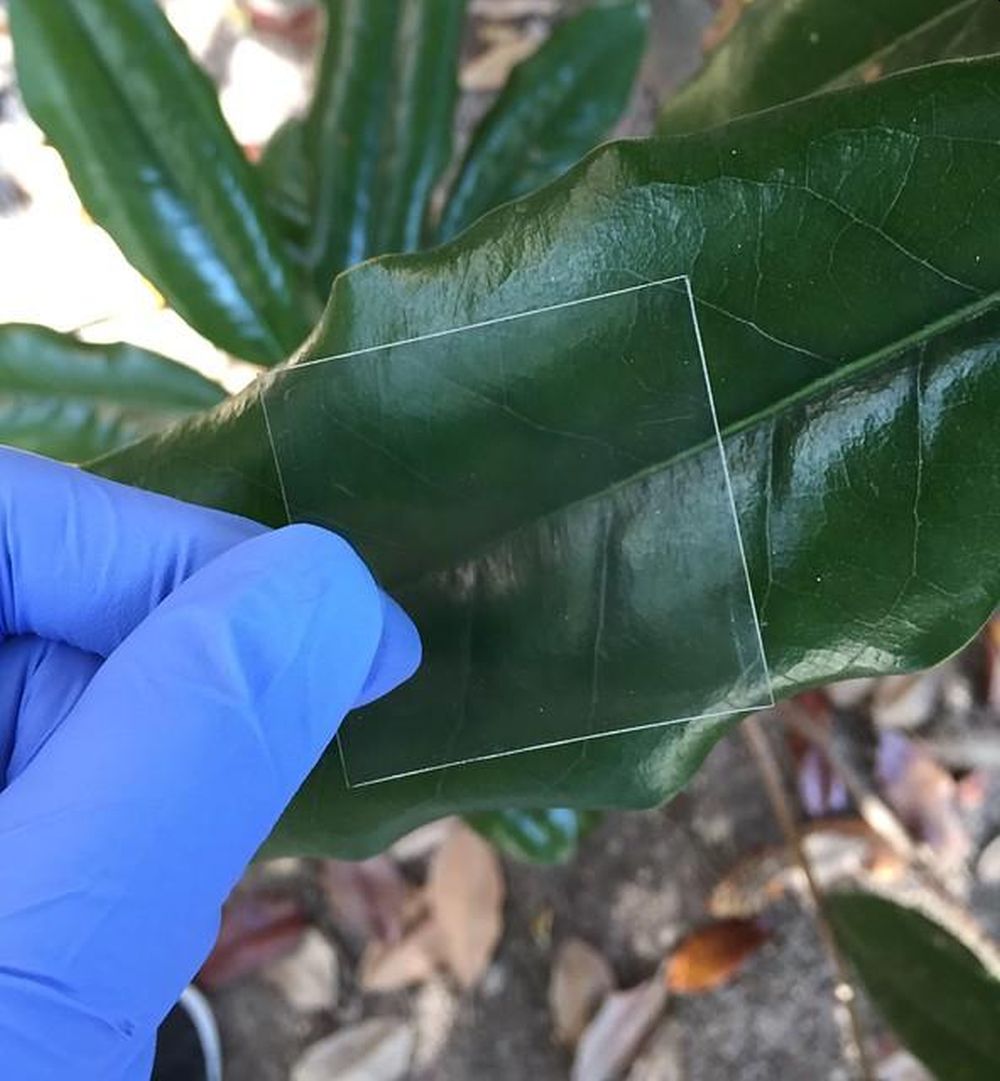Transparent Wood Could Replace Glass to Become “Window of Tomorrow”
Glass is the most common material used in window construction, but it comes at a heavy economic and ecological price. Aiming to replace glass panes with an eco-friendly and affordable substitute, the Forest Products Laboratory (FPL) at the U.S. Department of Agriculture (USDA) has recently developed a transparent wood material, which they believe can become the “window of tomorrow.”
Collaborating with the University of Maryland and the University of Colorado, FPL researcher JunYong Zhu have generated the material, which can potentially outperform glass in almost every aspect. Their findings were published in the Journal of Advanced Functional Materials in their paper, “A Clear, Strong, and Thermally Insulated Transparent Wood for Energy Efficient Windows.”
This transparent wood material was developed via a thorough process, where wood from fast-growing, low-density balsa tree is treated to room temperature, oxidizing bath that bleaches it of almost all of its visibility. Thereafter, the wood is penetrated with a synthetic polymer called polyvinyl alcohol, creating a product that is essentially transparent.

Sustainable, eco-friendly, transparent wood is a perfect substitute for glass in various aspects | Image: USDA Forest Service
The natural cellulose in its basic structure and energy-absorbing polymer filler make the transparent wood material much stronger, durable and lighter than glass. It can endure far stronger impacts than glass and it bends or splinters, unlike glass which shatters.
Moreover, it is about five times more thermally efficient than glass, which can significantly reduce energy bills. Comparably, heat transfers through the glass, especially single pane, and amounts to higher energy bills when it escapes during cold weather and pours in when it is warm.
Glass production in construction has a heavy carbon footprint, with manufacturing emissions at approximately 25,000 metric tons per year; whereas transparent wood is made from a sustainable, renewable source, therefore has low carbon emissions. It is also compatible with existing industrial processing equipment, making the shift into manufacturing an easy production.
With further developments, this futuristic material can potentially substitute glass in various constructional aspects and not merely windows.


